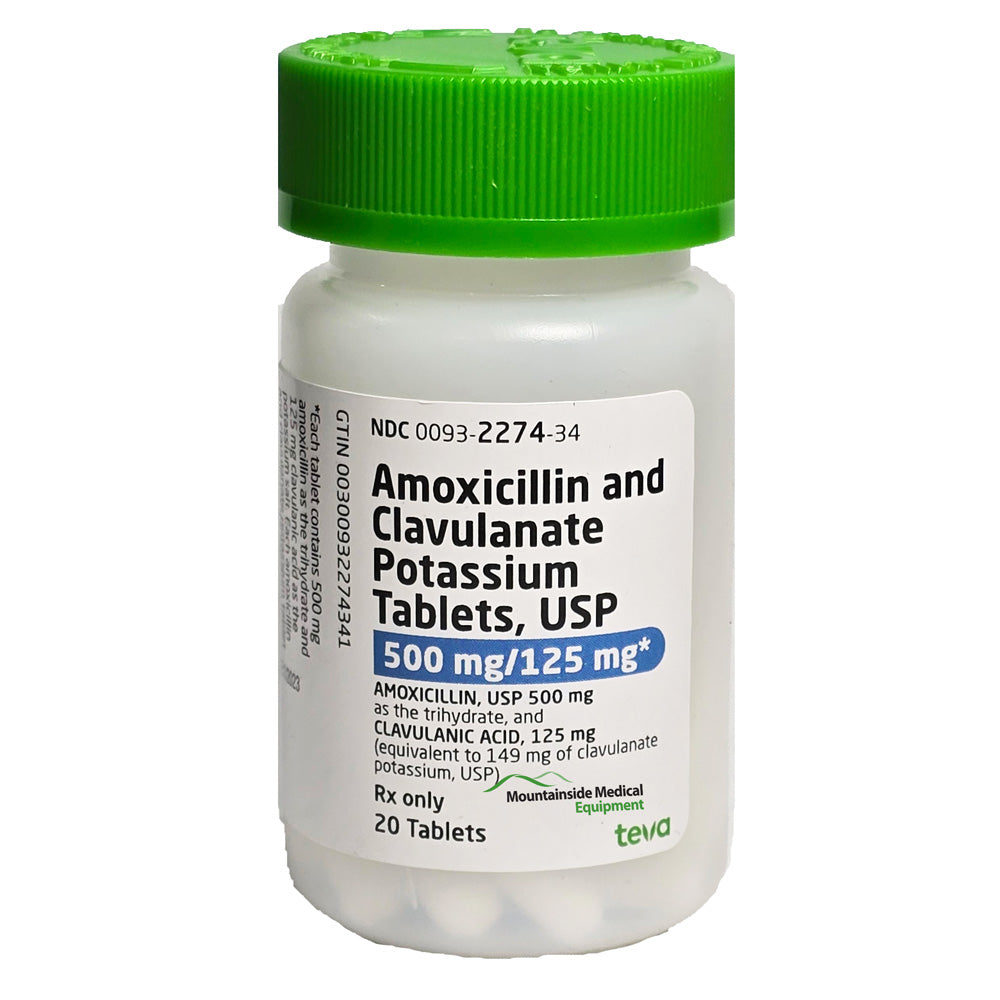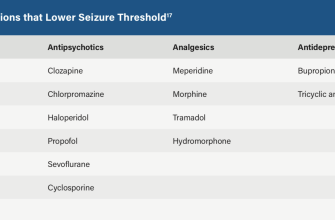Clavulanate potassium is a crucial component of many antibiotics, specifically those combating bacterial infections resistant to other treatments. It works by inhibiting beta-lactamases, enzymes produced by bacteria that break down penicillin and other beta-lactam antibiotics. This allows the paired antibiotic (like amoxicillin or ticarcillin) to effectively target and eliminate bacteria.
Common Uses
- Respiratory Tract Infections: Clavulanate combinations treat pneumonia, bronchitis, and sinusitis caused by beta-lactamase-producing bacteria.
- Ear Infections (Otitis Media): Effective against Haemophilus influenzae and Moraxella catarrhalis, common culprits in middle ear infections.
- Skin and Soft Tissue Infections: Treats cellulitis, abscesses, and other skin infections resistant to standard antibiotics.
- Urinary Tract Infections (UTIs): Helpful in cases where bacteria produce beta-lactamases.
Dosage and duration vary greatly depending on the specific infection, patient age, and overall health. Always follow your doctor’s instructions precisely. Do not stop taking the medication prematurely, even if you feel better, to ensure complete eradication of the infection.
Potential Side Effects
Like all medications, clavulanate combinations can cause side effects. Common ones include diarrhea, nausea, vomiting, and abdominal cramps. More serious, though rarer, reactions include allergic reactions (rash, hives, difficulty breathing) and liver problems. Seek immediate medical attention if you experience any severe or concerning side effects.
Important Considerations
- Inform your doctor about all medications you are currently taking, including over-the-counter drugs and herbal supplements, as interactions can occur.
- Clavulanate is generally safe during pregnancy and breastfeeding, but always consult your doctor before taking any medication during these periods.
- Individuals with known allergies to penicillin or cephalosporin antibiotics should exercise caution and inform their healthcare provider before taking a clavulanate combination.
When to Consult a Doctor
Contact your doctor if symptoms worsen, new symptoms appear, or side effects become troublesome. Clavulanate is a powerful tool in combating bacterial infections, but proper medical guidance ensures its safe and effective use.
Disclaimer
This information is for educational purposes only and does not constitute medical advice. Always consult with a healthcare professional for diagnosis and treatment of any medical condition.
Potential Side Effects and Adverse Reactions
Clavulanate, when combined with amoxicillin or other beta-lactam antibiotics, generally boasts a good safety profile. However, some individuals may experience side effects. The most common include diarrhea, nausea, and vomiting. These usually are mild and resolve without intervention.
Gastrointestinal Issues
More severe gastrointestinal issues, such as colitis (inflammation of the colon), are rare but possible. Seek immediate medical attention if you experience severe abdominal pain, bloody diarrhea, or persistent vomiting. Proper hydration is key if experiencing diarrhea.
Allergic Reactions
Allergic reactions, ranging from mild skin rashes to severe anaphylaxis (a life-threatening allergic reaction), can occur. Symptoms of a serious allergic reaction include difficulty breathing, swelling of the face, lips, or tongue, and hives. In such cases, seek emergency medical help immediately. A history of penicillin allergy necessitates caution, as cross-reactivity is possible.
Other Potential Side Effects
Less frequent side effects can include headaches, dizziness, and changes in taste. These are generally mild and temporary. Inform your doctor about any unusual symptoms you experience while taking Clavulanate, even if they seem minor.
Reporting Adverse Reactions
The frequency and severity of adverse reactions vary from person to person. If you encounter a side effect, report it to your doctor or pharmacist. Contributing to the ongoing safety monitoring of medications aids in better understanding potential risks.










